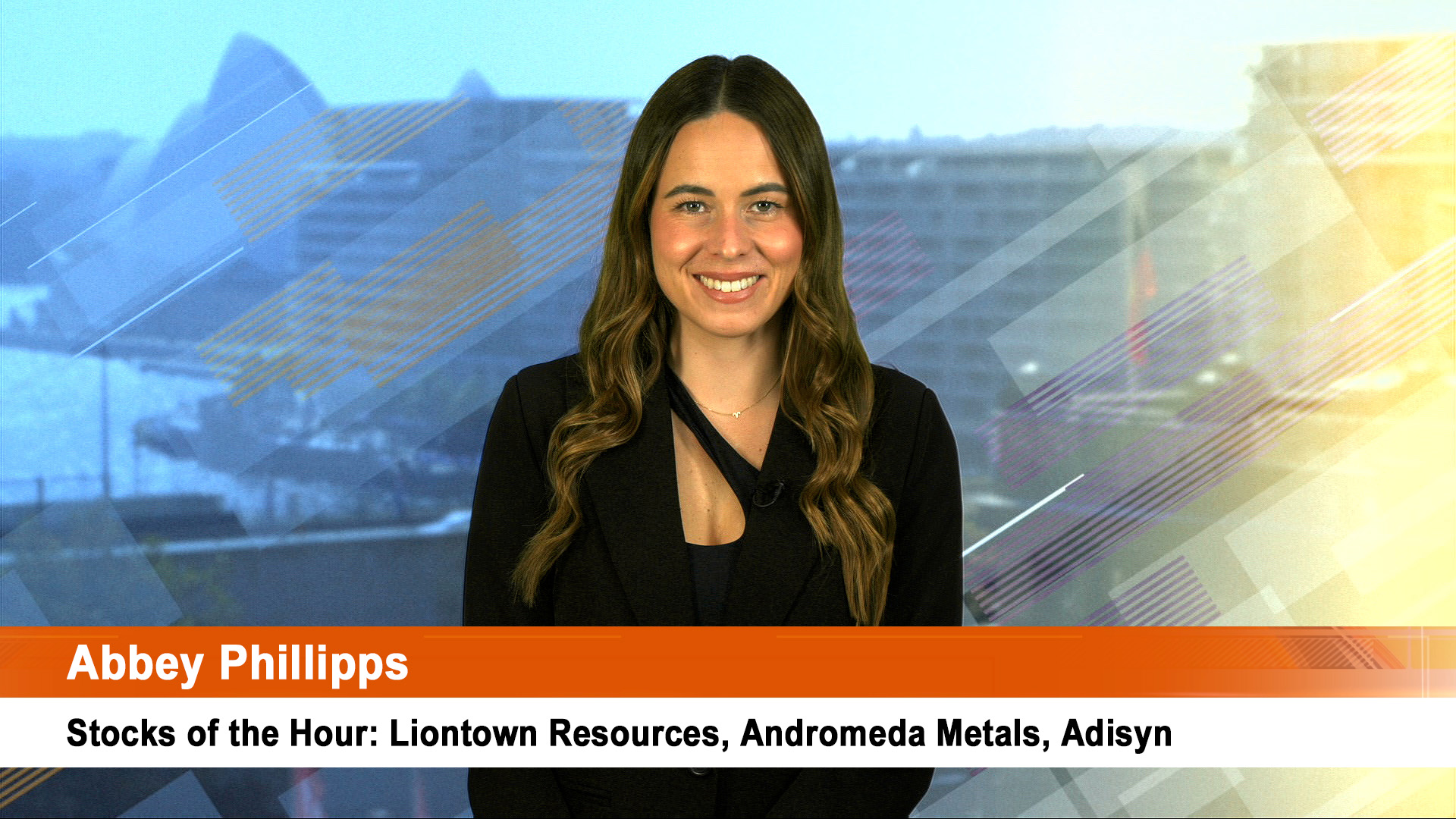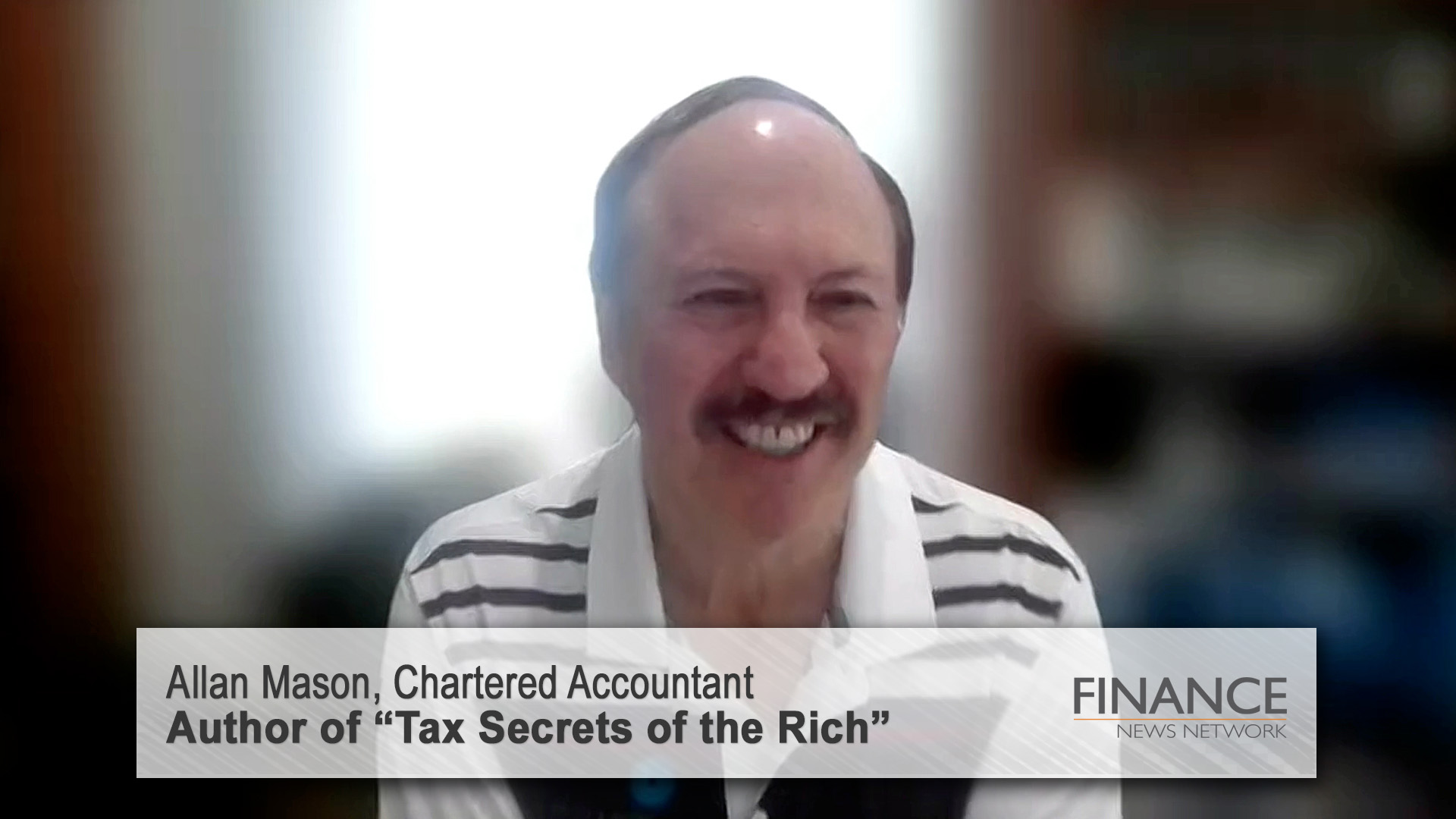While the risks have increased, we remain of the view that the US and global recovery will continue.
However, whether there is a US double dip or not, it’s clear the growth outlook in the US and other major industrialised countries will remain fragile, constrained and volatile until the imbalances of high household gearing and public sector debt are worked off.
However there are still opportunities for investors to make decent returns by focussing on high yield assets or assets which don’t suffer from growth constraints.
The AMP’s chief strategist, Dr Shane Oliver says attractive assets on one or both of these grounds are Asian and emerging market shares, Australian shares, commercial property, infrastructure and corporate debt.
Double dipper
The big investment issue for the last few months has been whether there will be a double dip back into recession for the US/global economy.
If yes, then government bonds are right and share markets could fall a lot further as profit expectations are slashed.
If no, then government bonds on currently very low yields are a bubble and will face a sharp rise in yields while shares are likely to have another leg higher.
There is no doubt that recent data out of the US has generally been poor.
While the August ISM manufacturing conditions survey surprised on the upside, other business surveys have been weak, housing data have shown renewed weakness, retail sales have rolled back down again and jobs growth has softened.
As such, it’s hard to avoid the view that the risk of a return to recession in the US has increased.
However, on balance we remain of the view that a double dip will be avoided because monetary conditions remain very easy, the corporate sector in the US and elsewhere is in good shape and strength in the emerging world will offset weakness in developed countries.
What’s more, many of the imbalances that preceded the 2008-09 recession in the US are no longer present, i.e. the household saving rate is now 6%, there is no longer a house price bubble, housing construction as a share of GDP is very low and business inventory levels are low.
But whatever the outcome, it seems likely that structural problems in major industrialised countries will result in a rough ride and constrained returns from traditional global assets.
But there are still opportunities for investors beyond the relatively low returns from cash.
The investment world has changed
The big picture reality is that the fundamental economic and financial market backdrop has changed radically over the last decade from what we saw in the 1980s and 1990s.
The period from the early 1980s provided well above normal returns for investors as the shift from high inflation to low inflation, deregulation, easy credit, globalisation, the IT revolution and favourable demographics all drove spectacular returns in most asset classes.
For investors, the focus was on capital growth and virtually most assets provided well above average returns, as can be seen for shares in the next chart.

However, about a decade ago many of these favourable themes started to fade and in some cases reverse as the broad downtrend in inflation now risks spilling over into deflation (or some would fear a renewed outbreak of inflation on the back of quantitative easing), credit conditions have tightened, many developed countries are burdened with excessive household or public sector debt, government policy is swinging back to re-regulation and baby boomers are shifting from a focus on capital growth to income.
The outcome is likely to be far more constrained returns going forward from traditional assets and greater volatility in investment returns.
This suggests that investors should focus on yield and on markets which don’t suffer from the same constraint as traditional global asset classes.
The easy days of the 1980s and 1990s where you could buy anything and it generally provided a good return are long gone.
However, some assets still provide attractive return prospects.

Medium term return potential
Going forward, the key for investors is to focus on assets which offer a decent income yield (i.e. the portion of return derived from dividends, rents or interest payments on bonds) and or those assets where capital growth potential is less constrained or is more assured.
The following table shows key assets by their current income yield and their growth potential on a five year horizon.
Growth potential is defined as potential nominal GDP growth for shares and inflation in the case of commercial property (as commercial property rents generally increase with inflation).
Capital growth is assumed to be zero in the case of bonds because if held to maturity their return is their yield.
Opportunities for investors
The first thing which stands out is that projected returns for a traditional diversified mix of assets (with a 70/30% mix of growth/defensive assets relying primarily on Australian equities, mainstream global shares, commercial property and public sector bonds) is likely to be around 8%.
This sounds quite low, but is nothing new – similar projections have been around for the last seven years or so.
It is also consistent with low inflation as it would imply a 5.5% real return which is pretty much the avera













